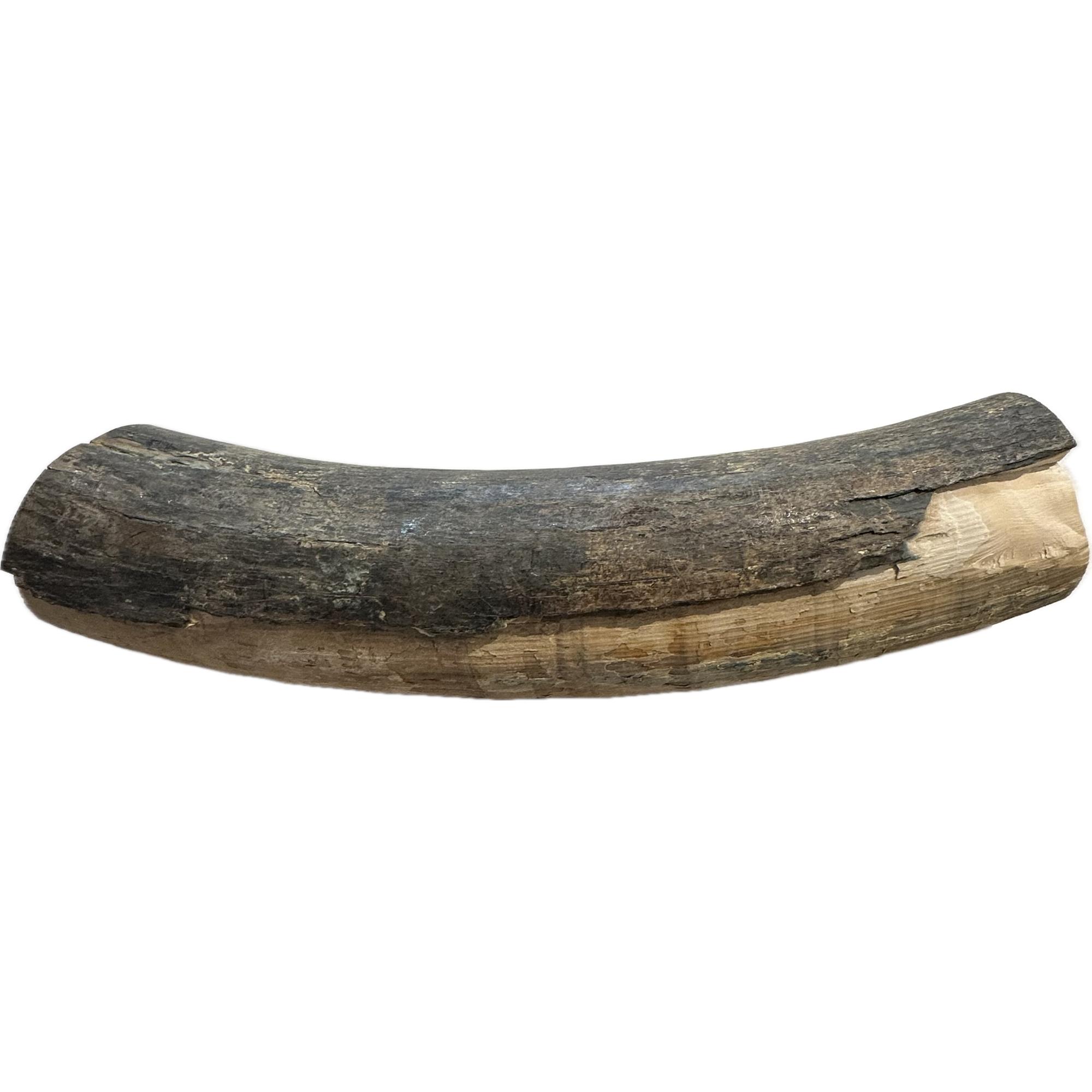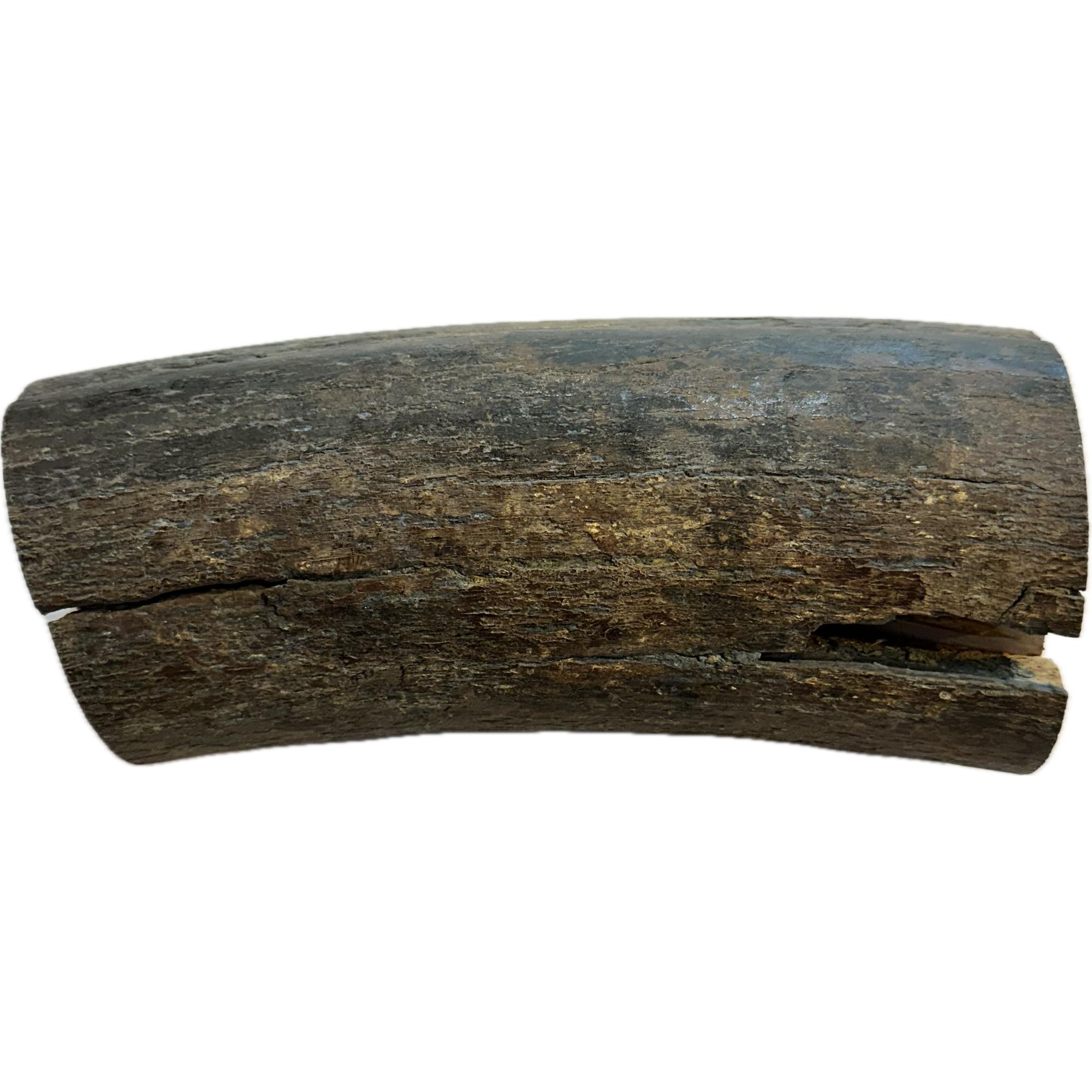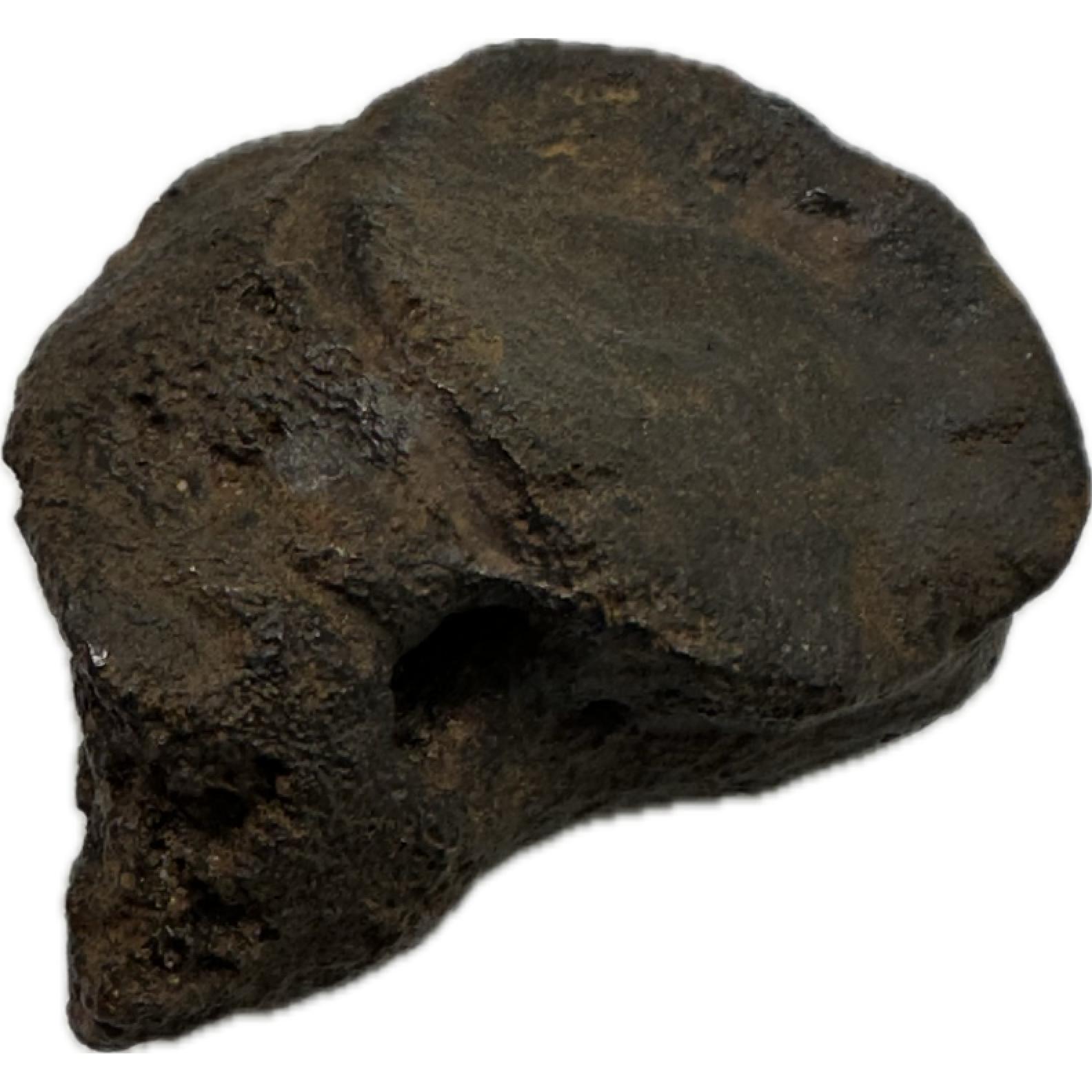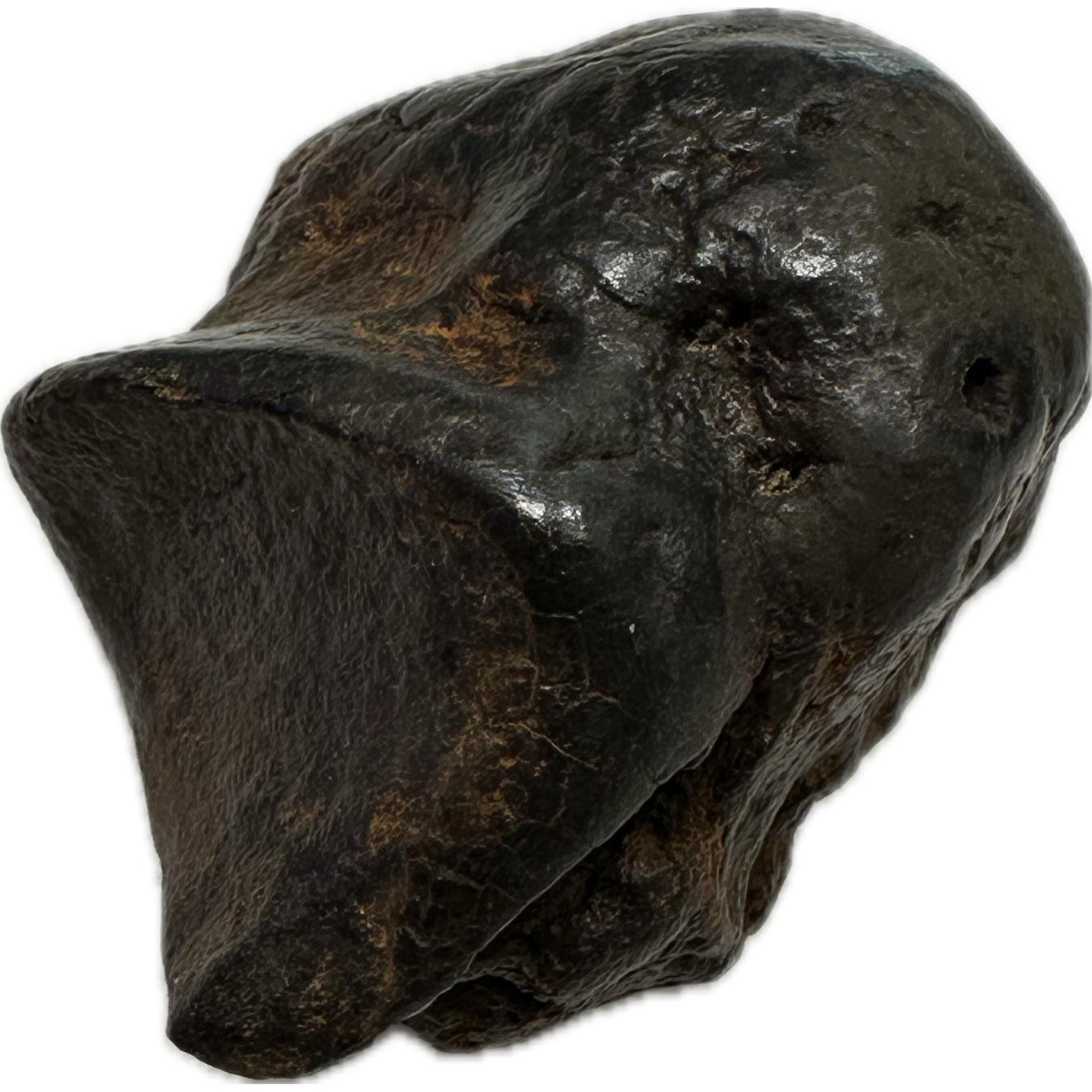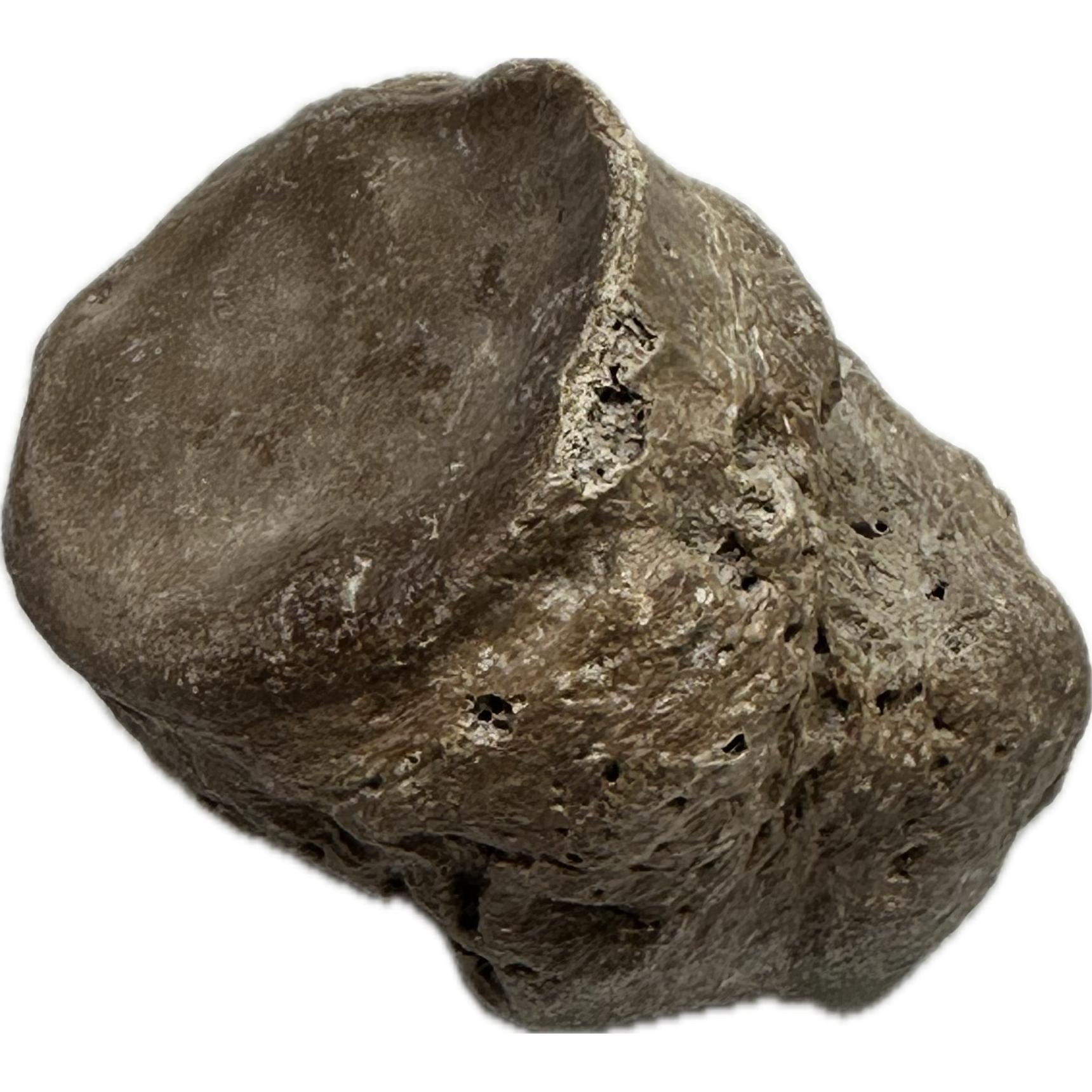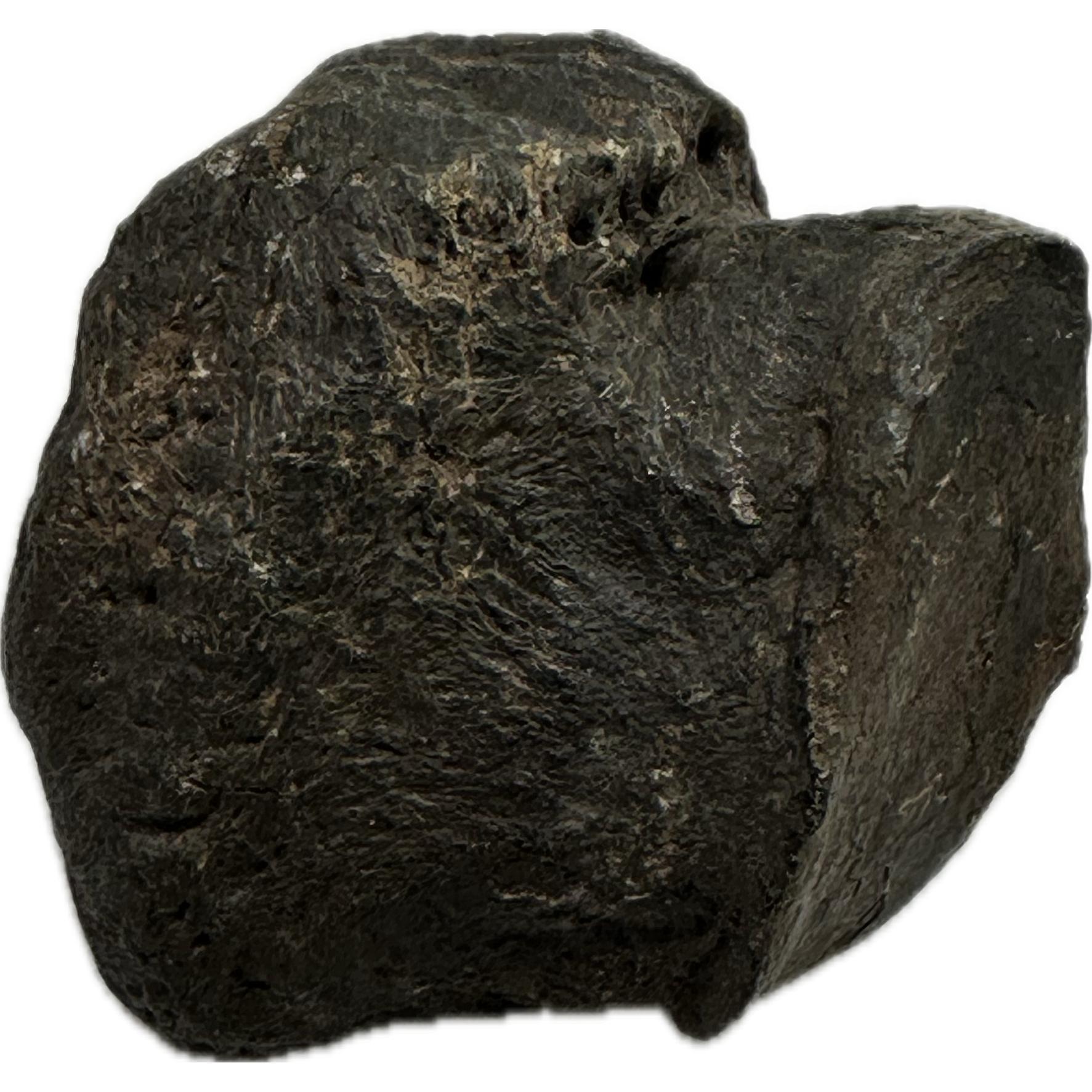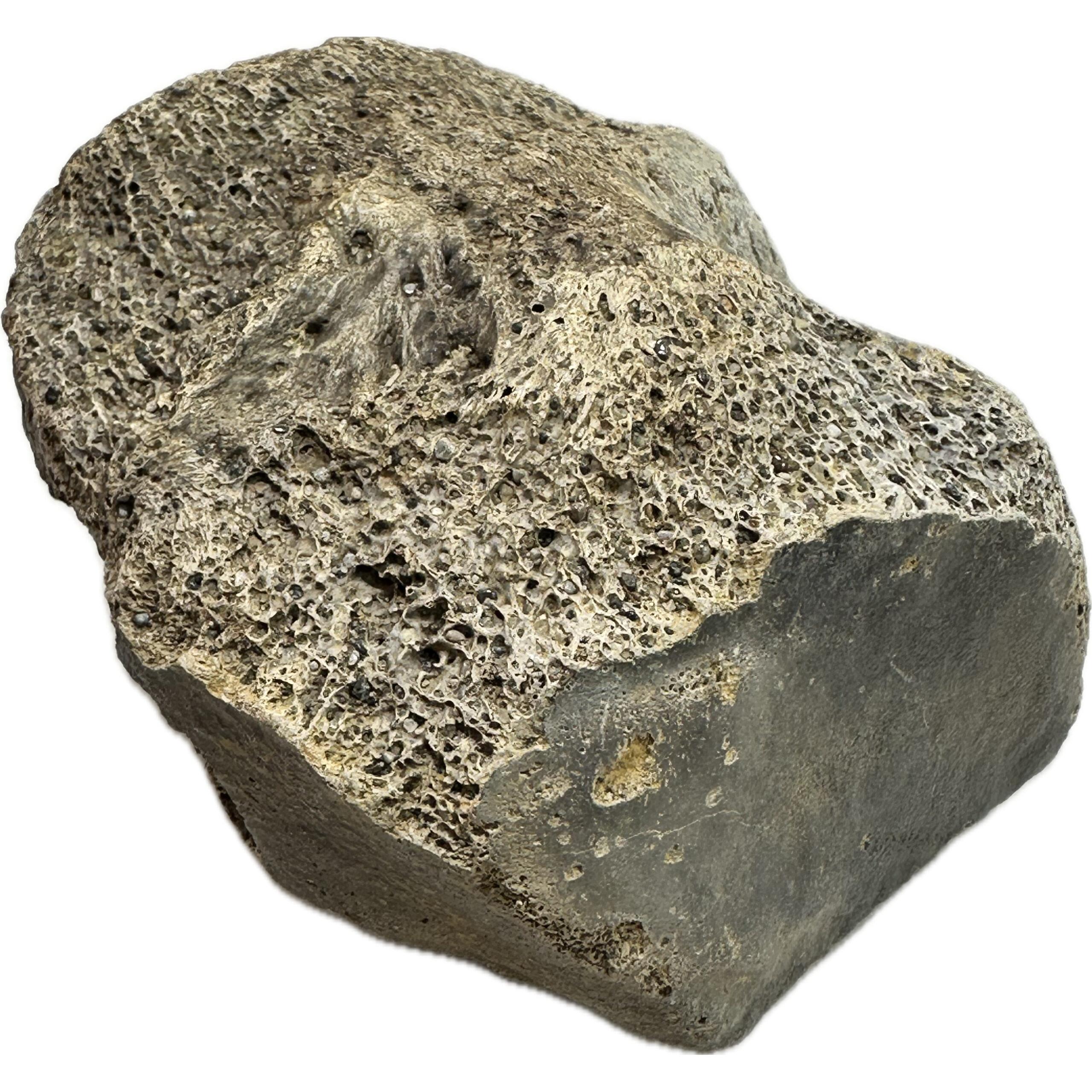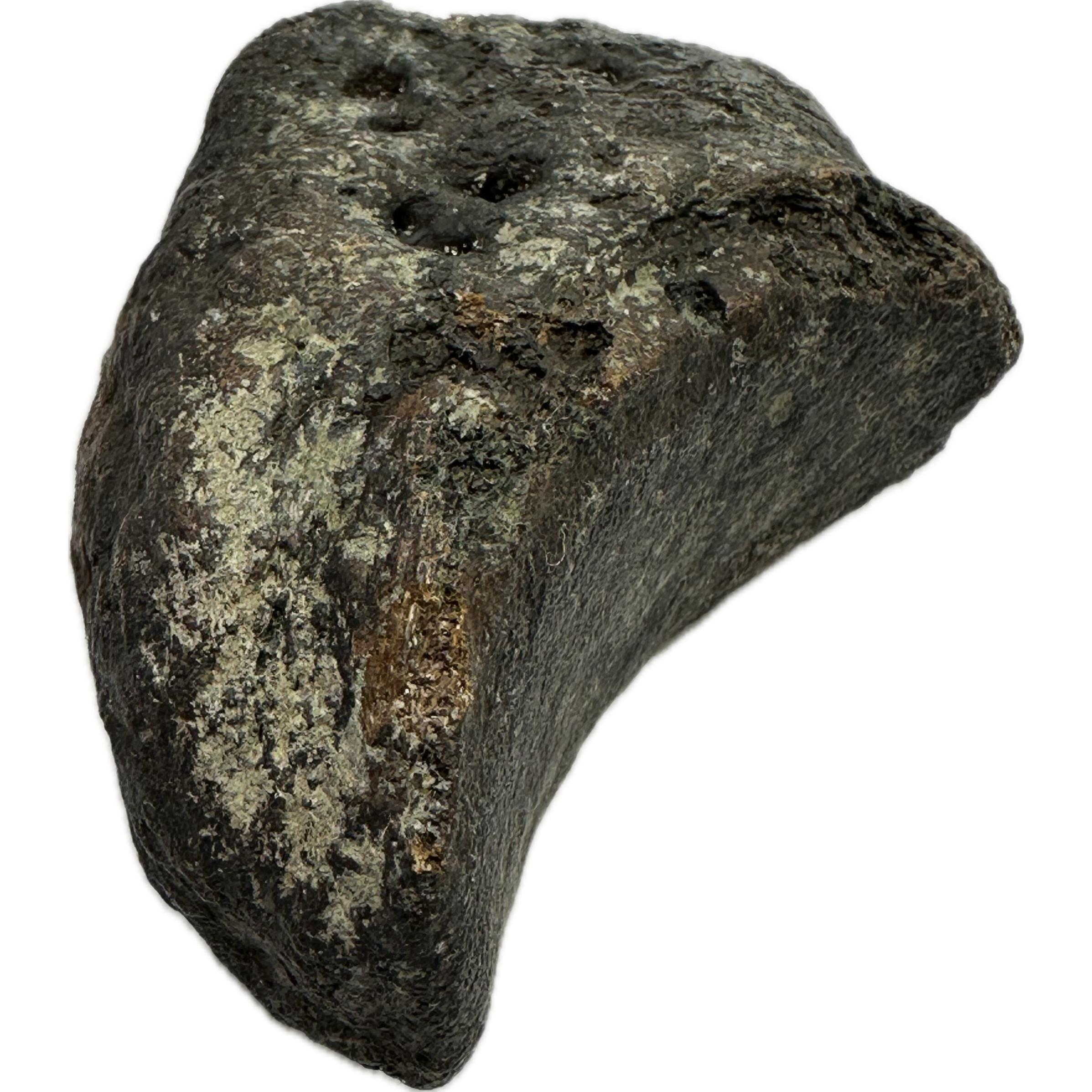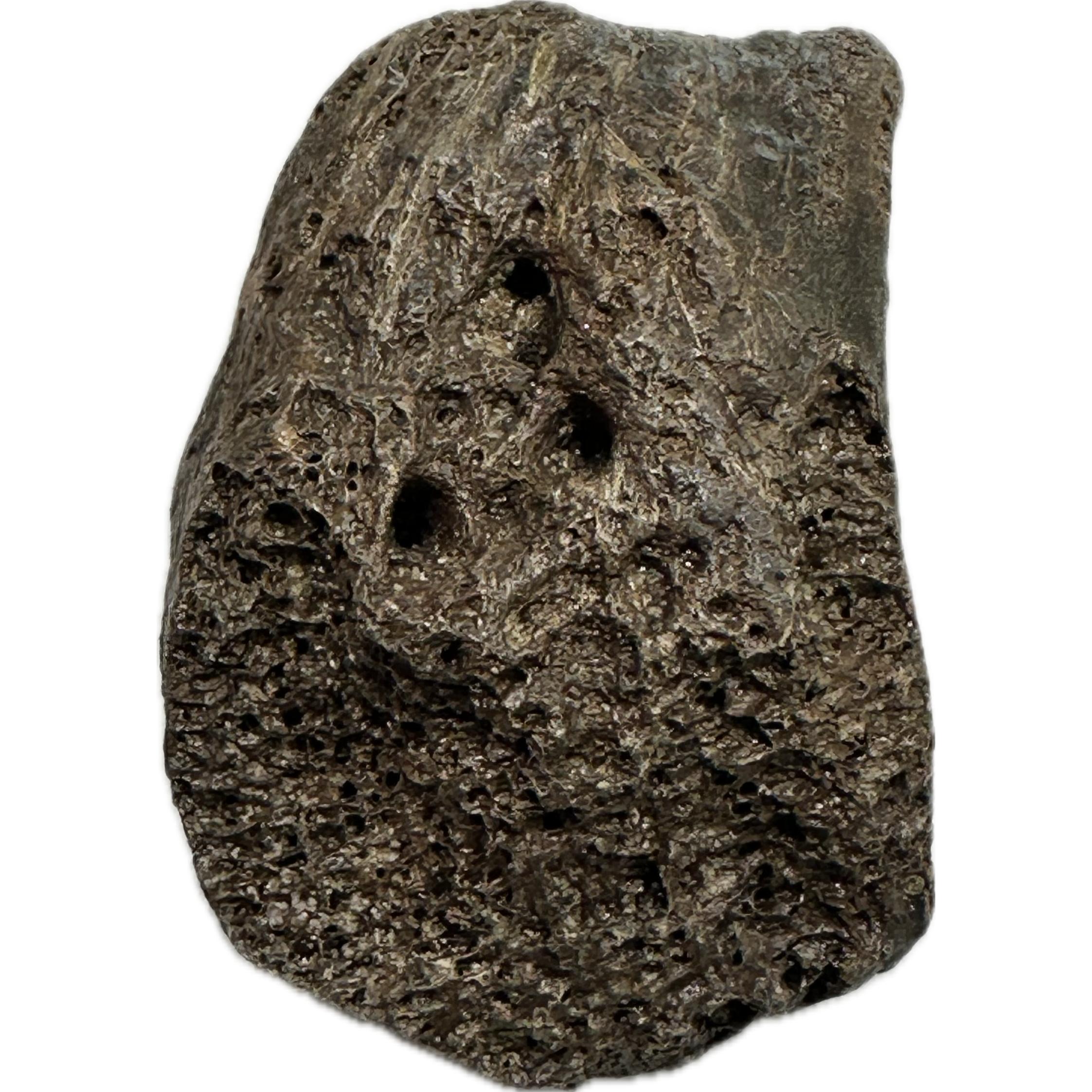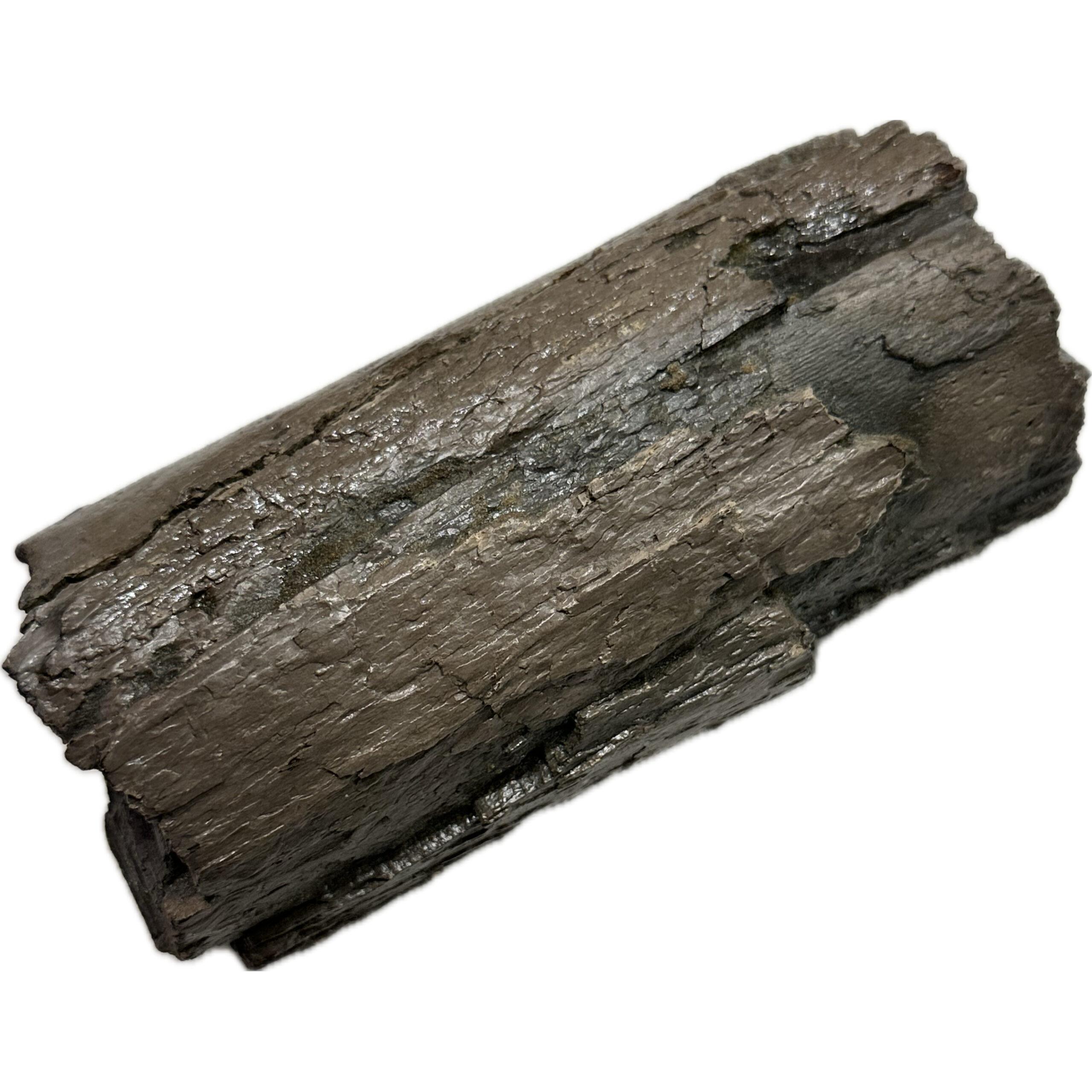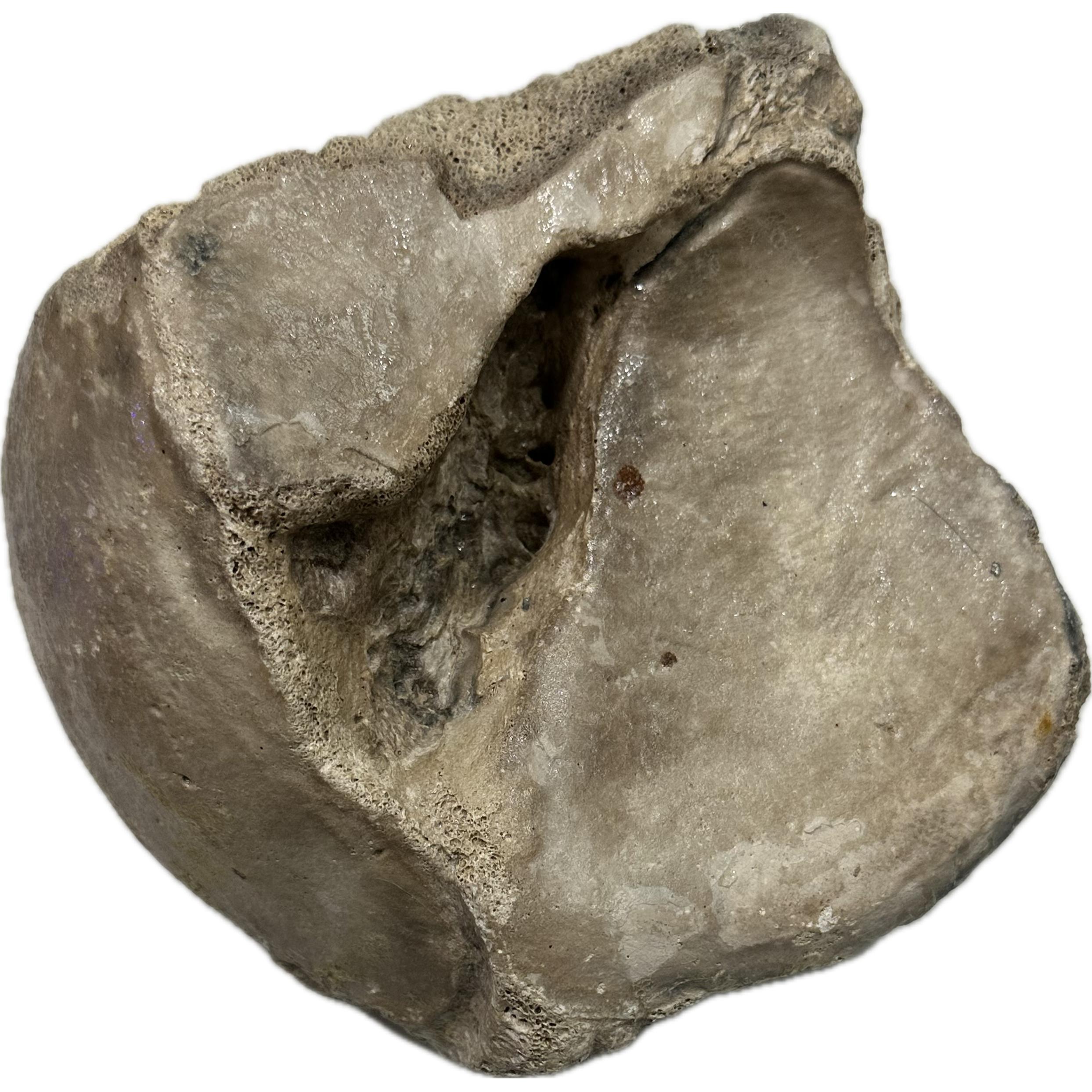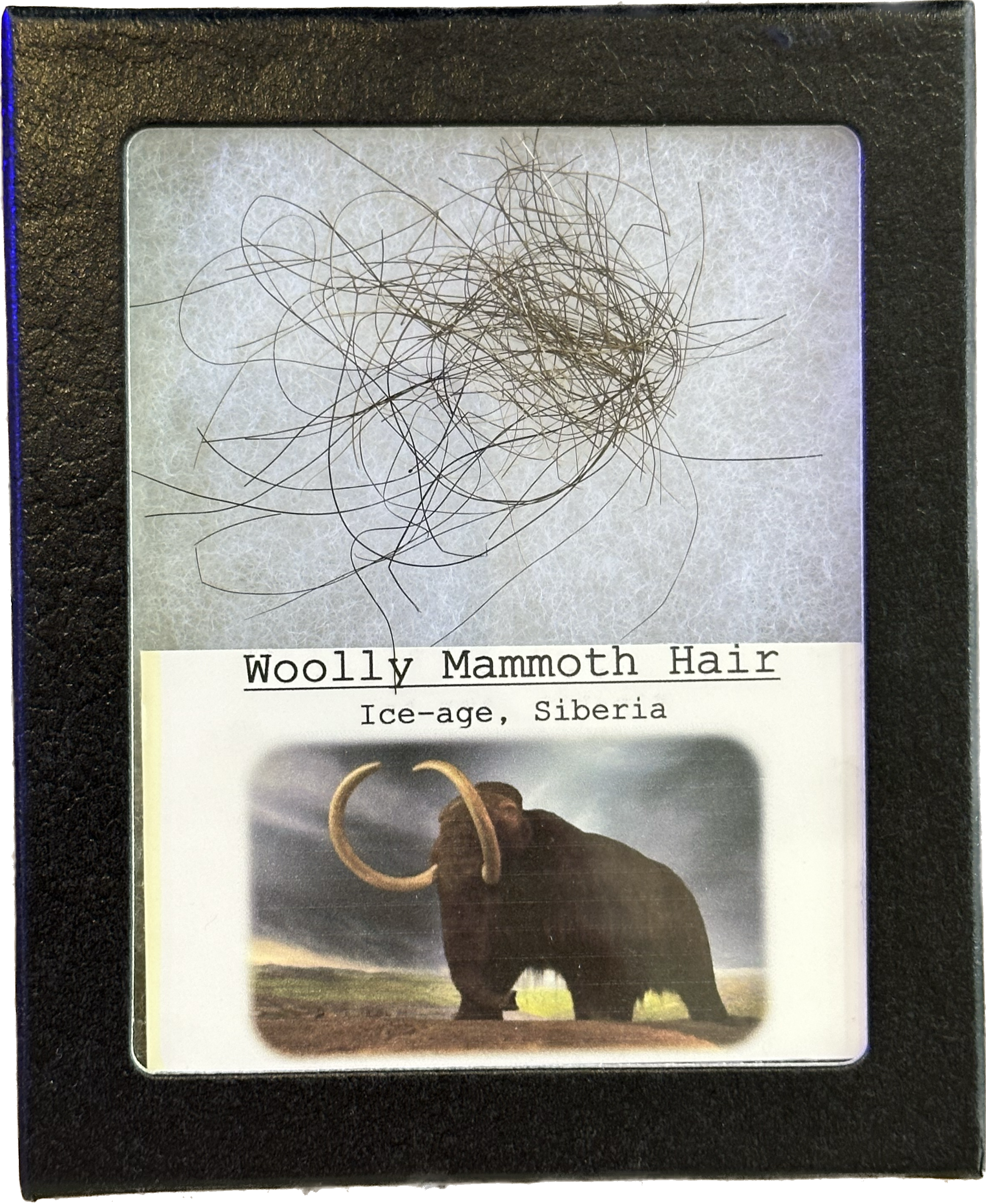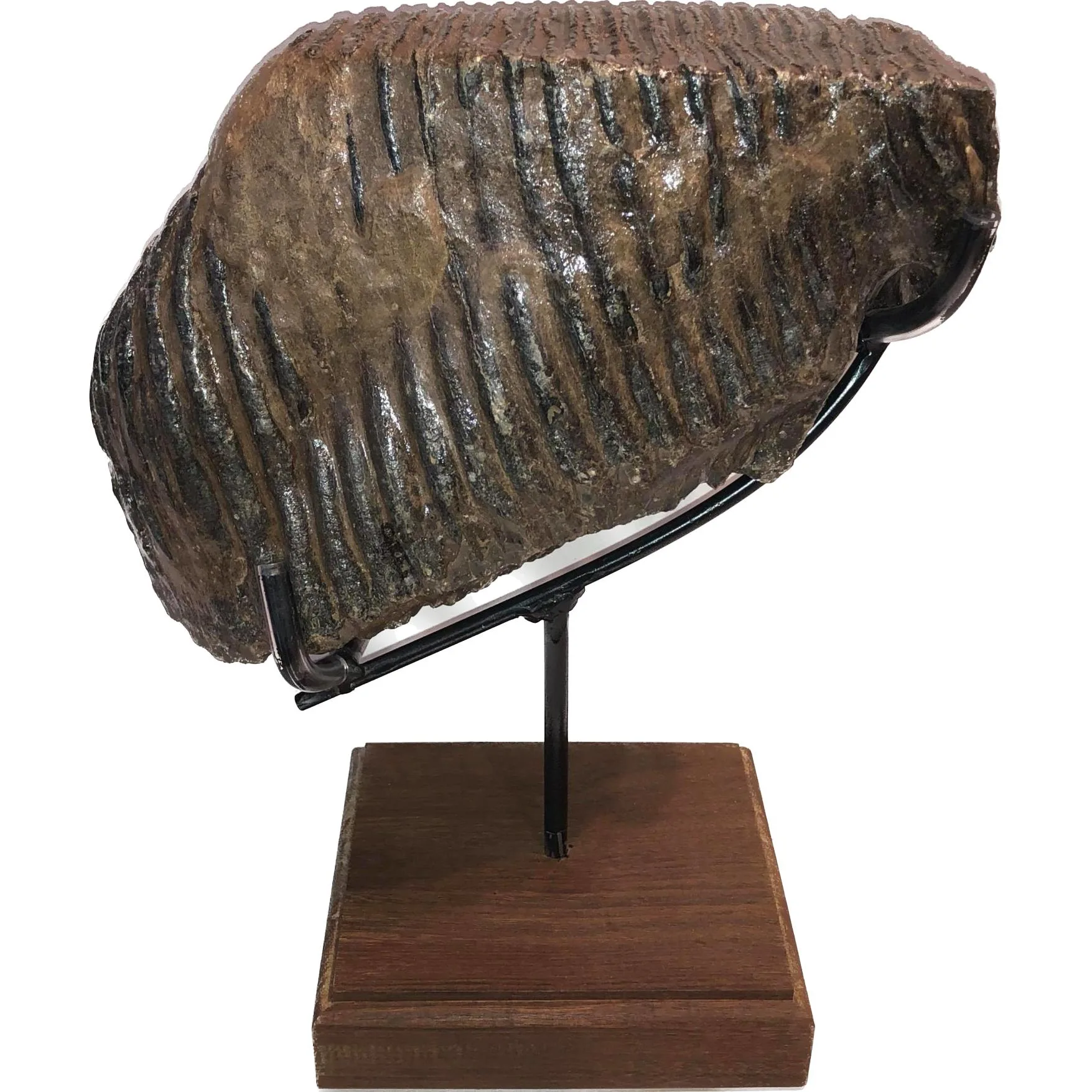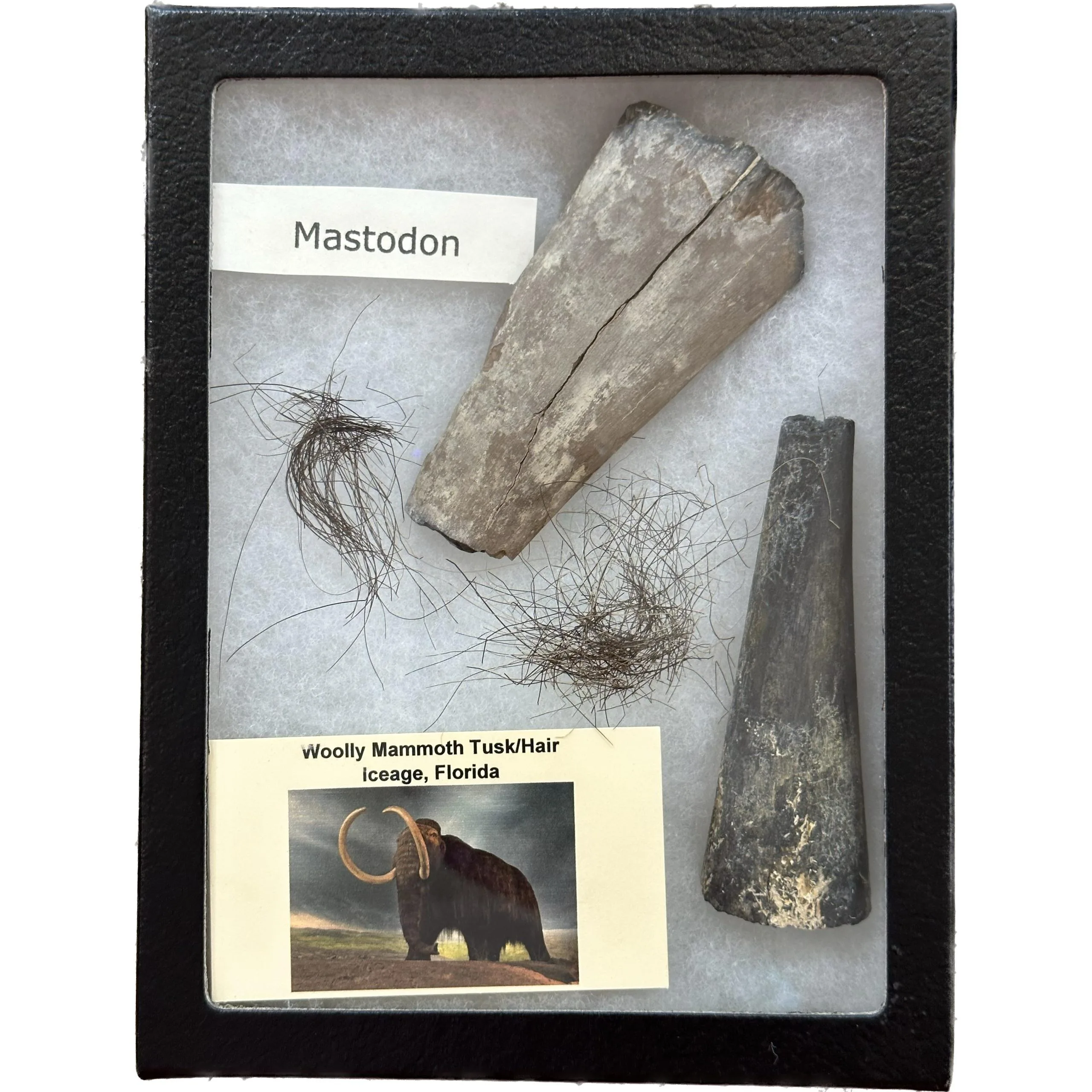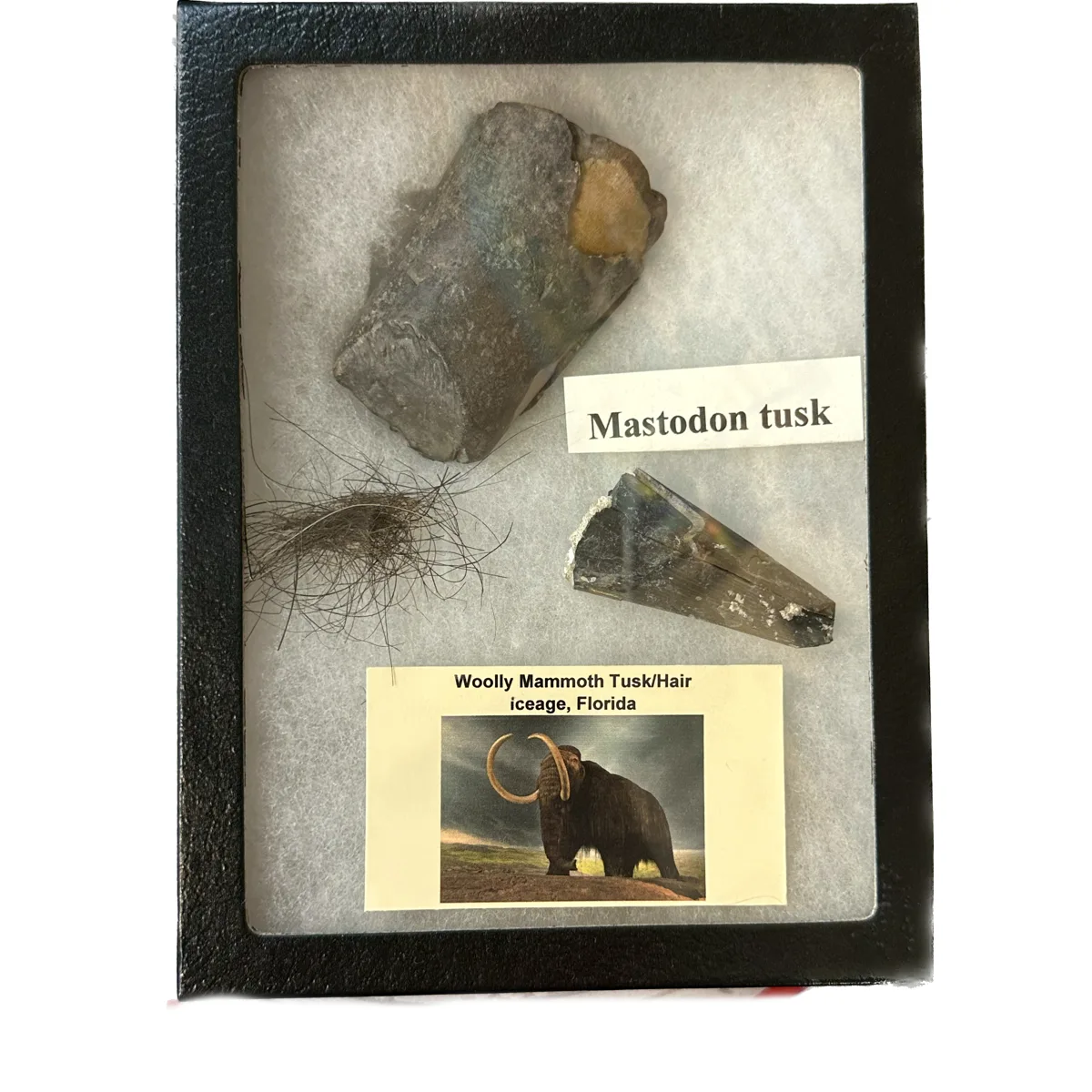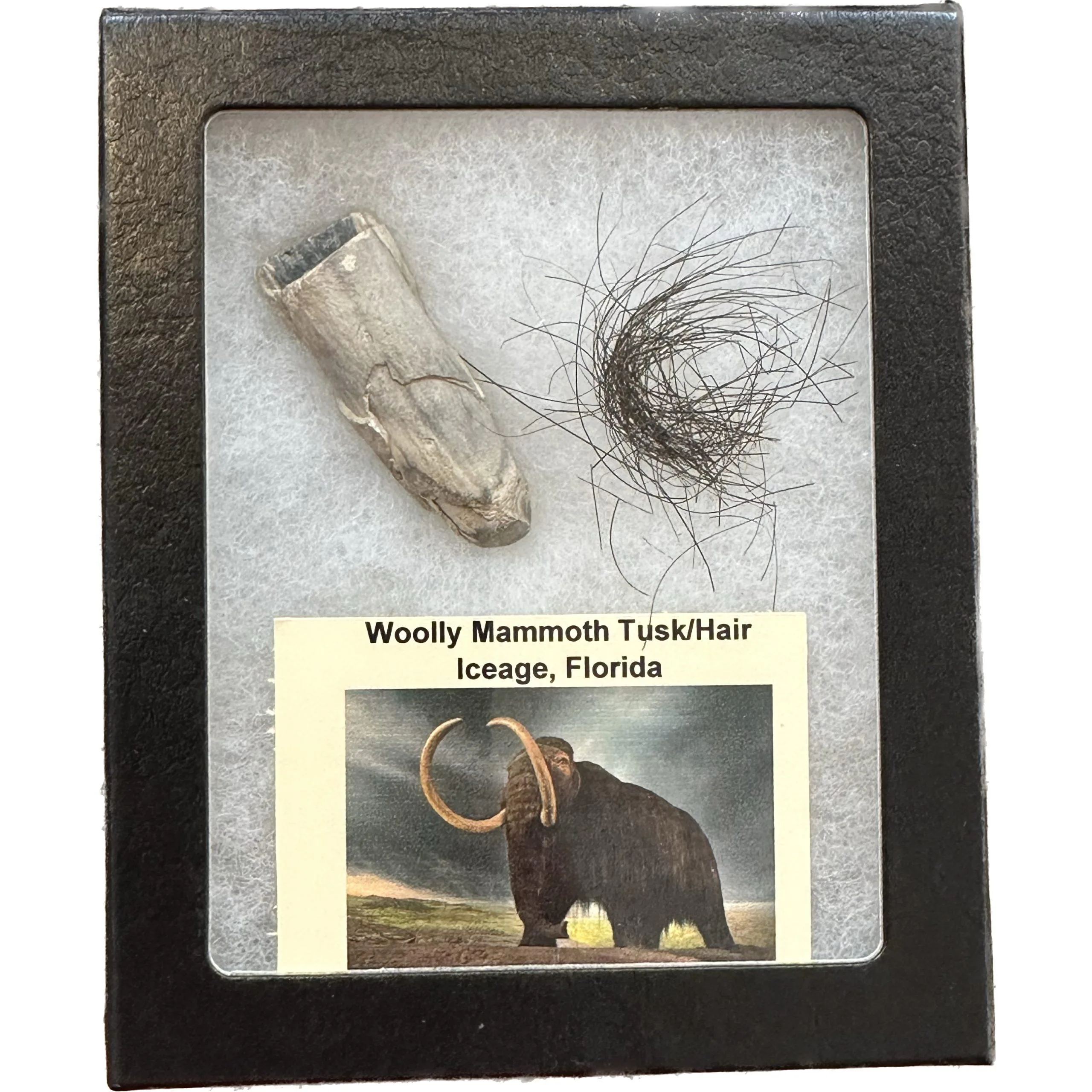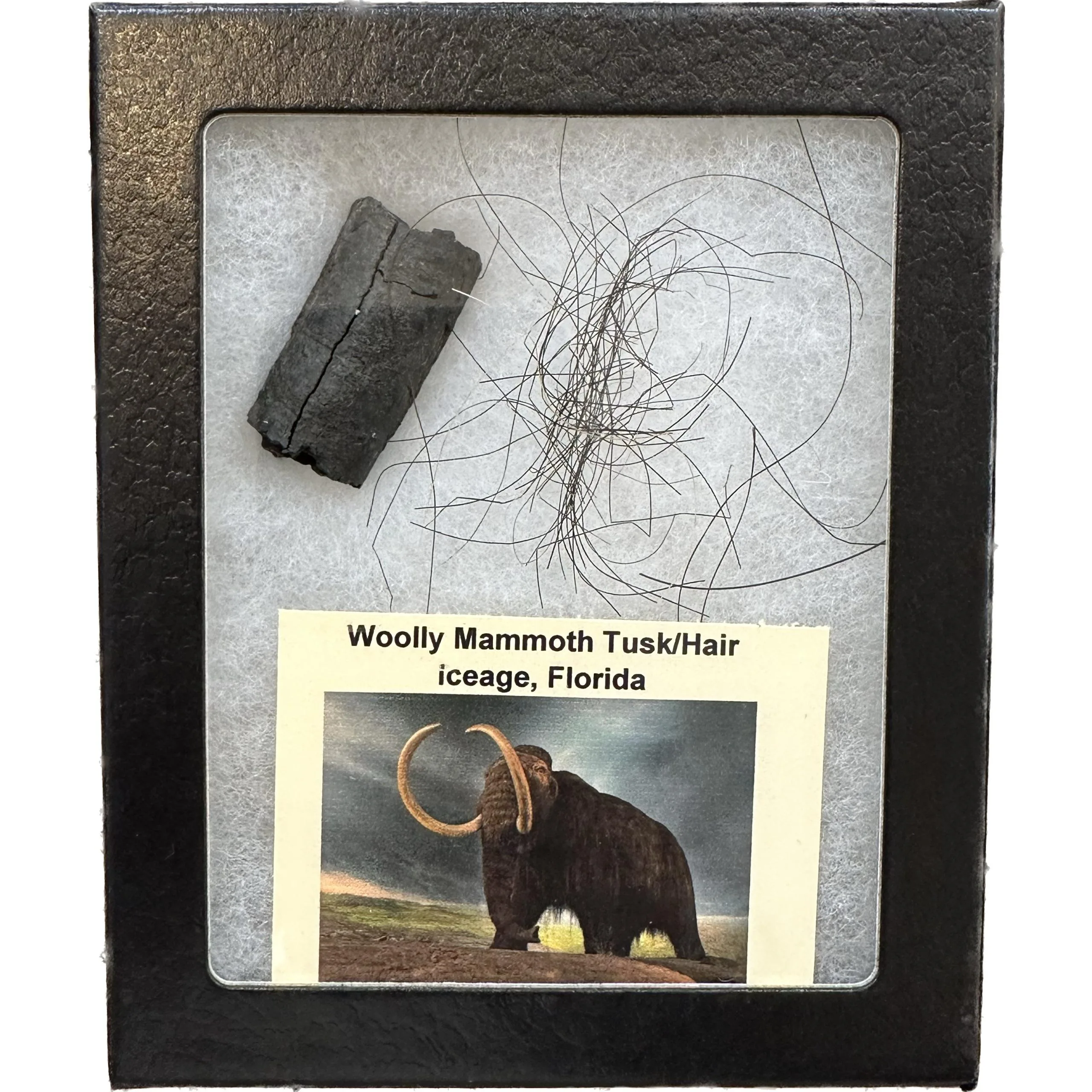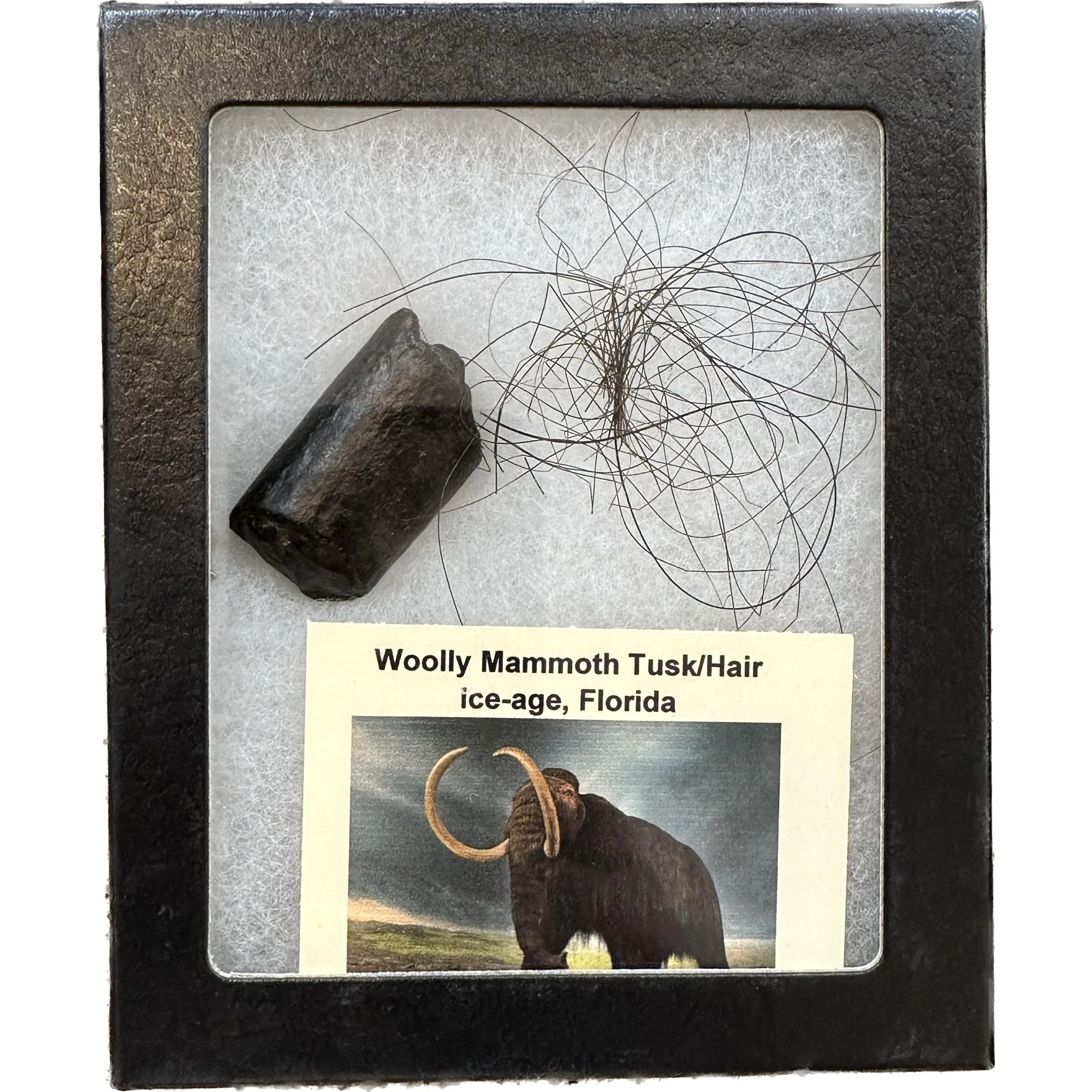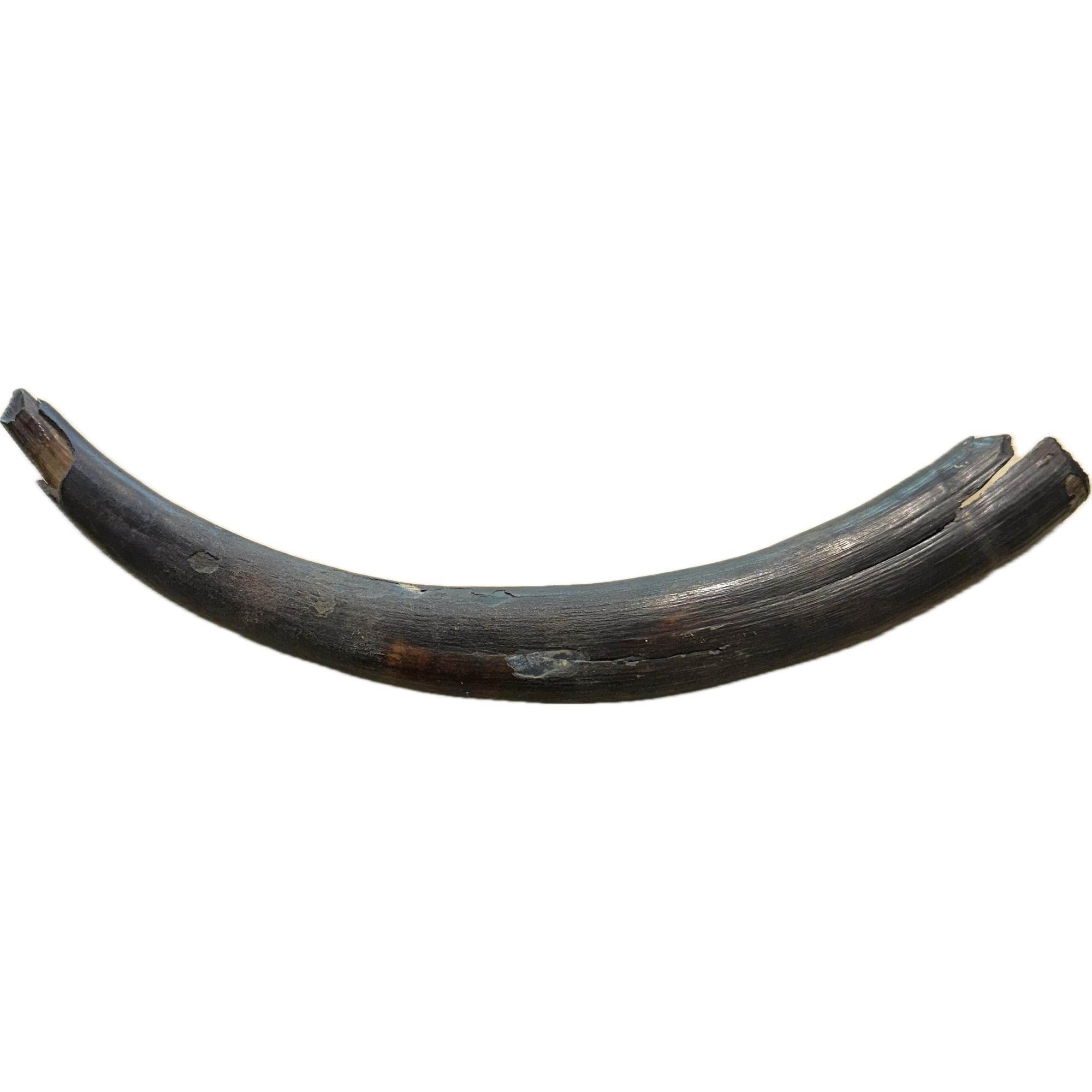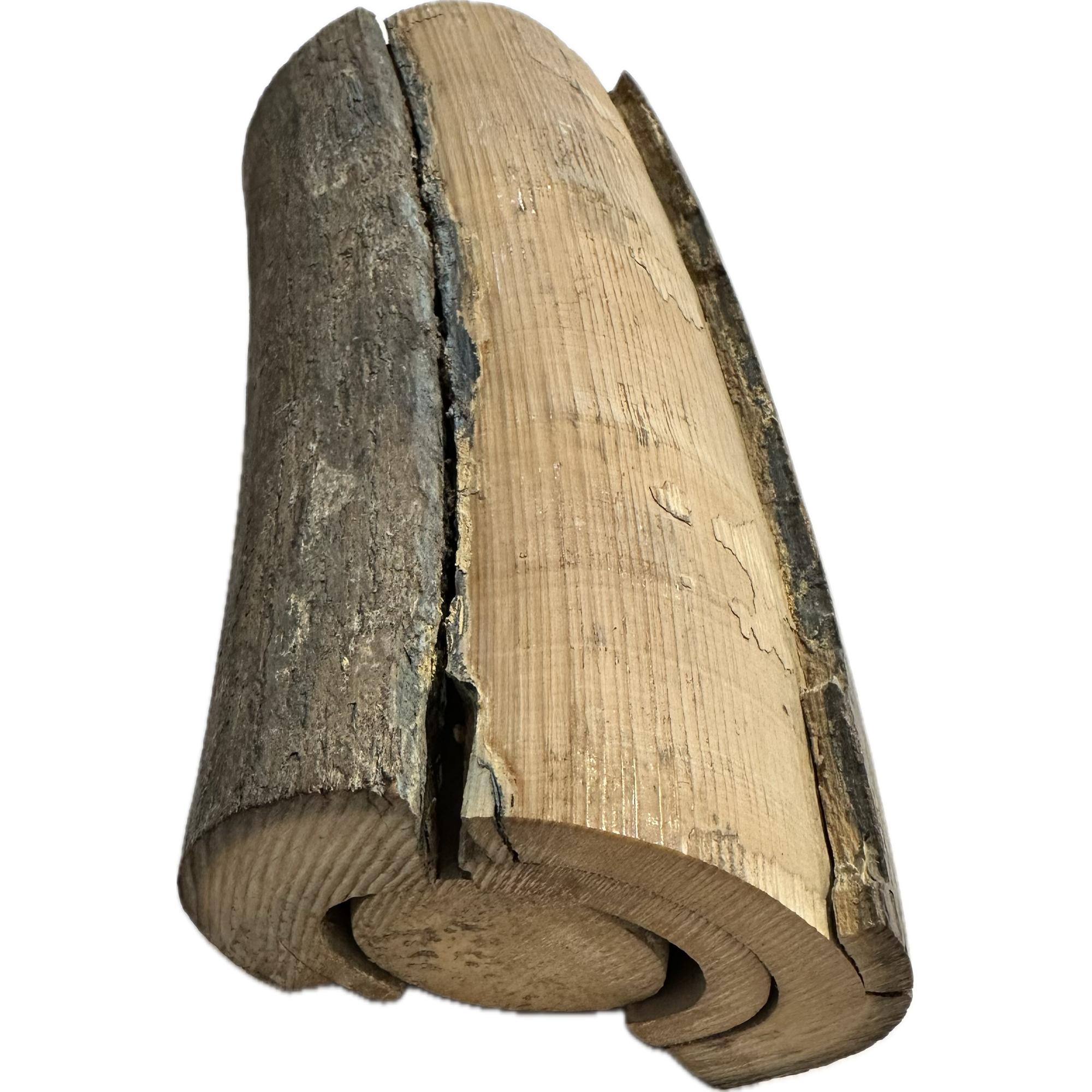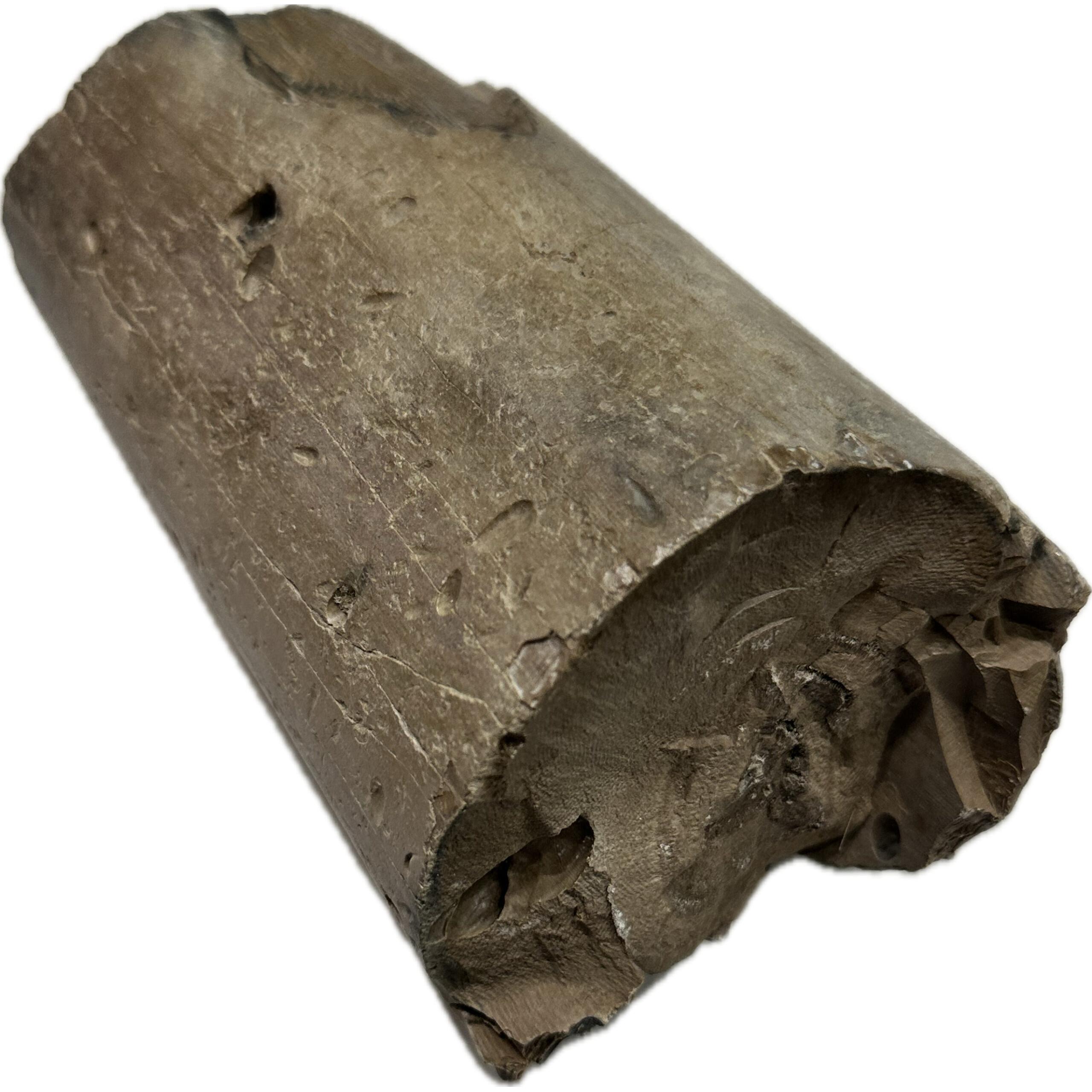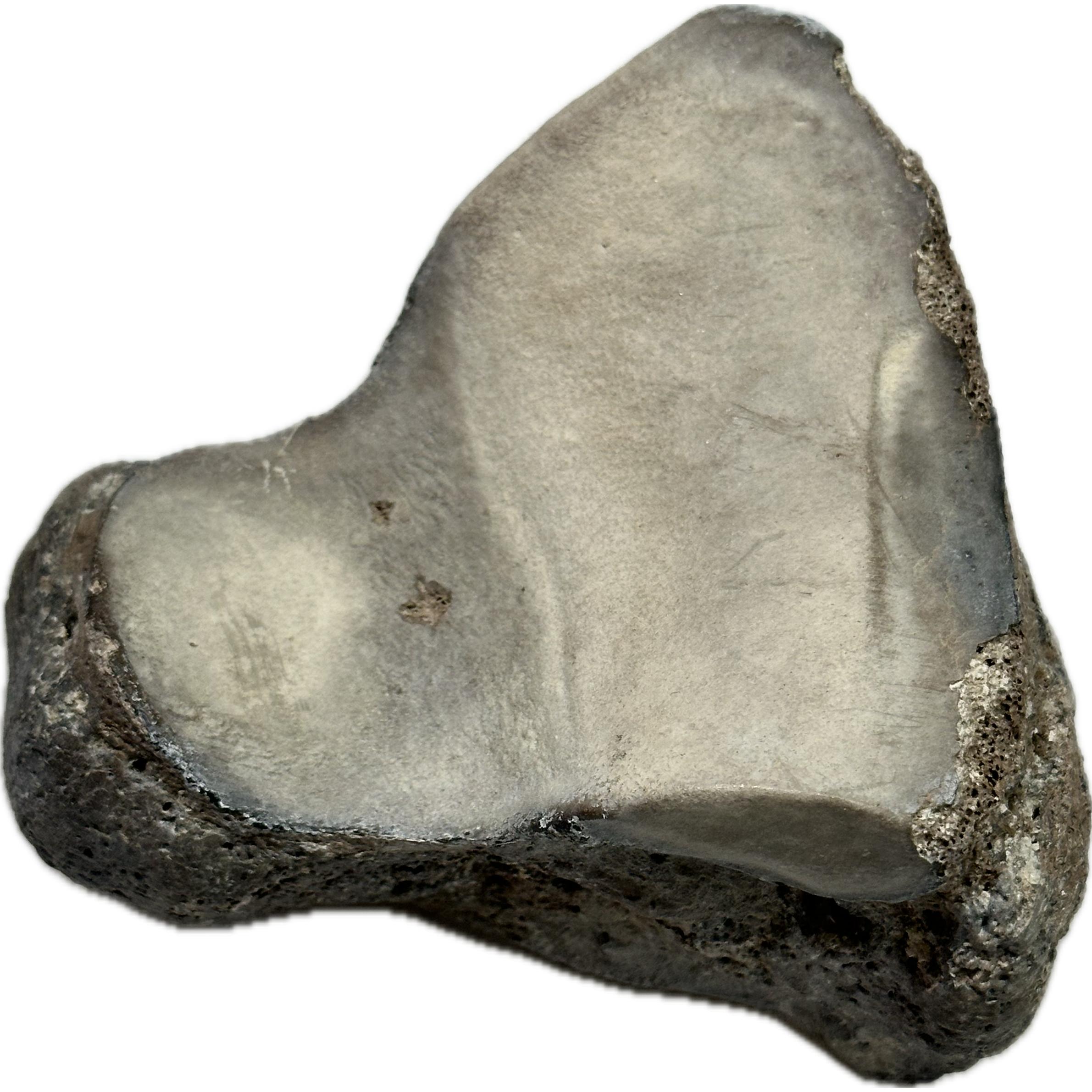Showing 1–24 of 41 results
-
Mammoth Hair, Box Collection
$54.95 -
Woolly Mammoth Tooth, custom metal stand
$2,100.00 -
Mammoth Tusk, complete Juvenile
$1,495.00 -
Mammoth Tusk section, Florida
$224.95
Mastodons and mammoths, ancient relatives of modern elephants, roamed the Earth during the Pleistocene epoch, approximately 2.6 million to 11,700 years ago. These majestic creatures left behind fossilized remains, providing invaluable insights into their lives and environments. While sharing similarities like their large size, long tusks, and trunk-like noses, there were distinct differences between them.
Mammoths, adapted to colder climates, sported long, shaggy coats and curved tusks. They ranged across Eurasia, North America, and Africa during the Ice Age. In contrast, mastodons had shorter legs and a more robust build, favoring forested areas of North and Central America.
Both herbivores, mastodons and mammoths grazed on grasses, shrubs, and vegetation, shaping ancient ecosystems as large herbivores. Their fossilized remains serve as windows into Earth’s past, illuminating the evolutionary journey of elephants and the ecological dynamics of prehistoric environments.
Prehistoric Elephants

